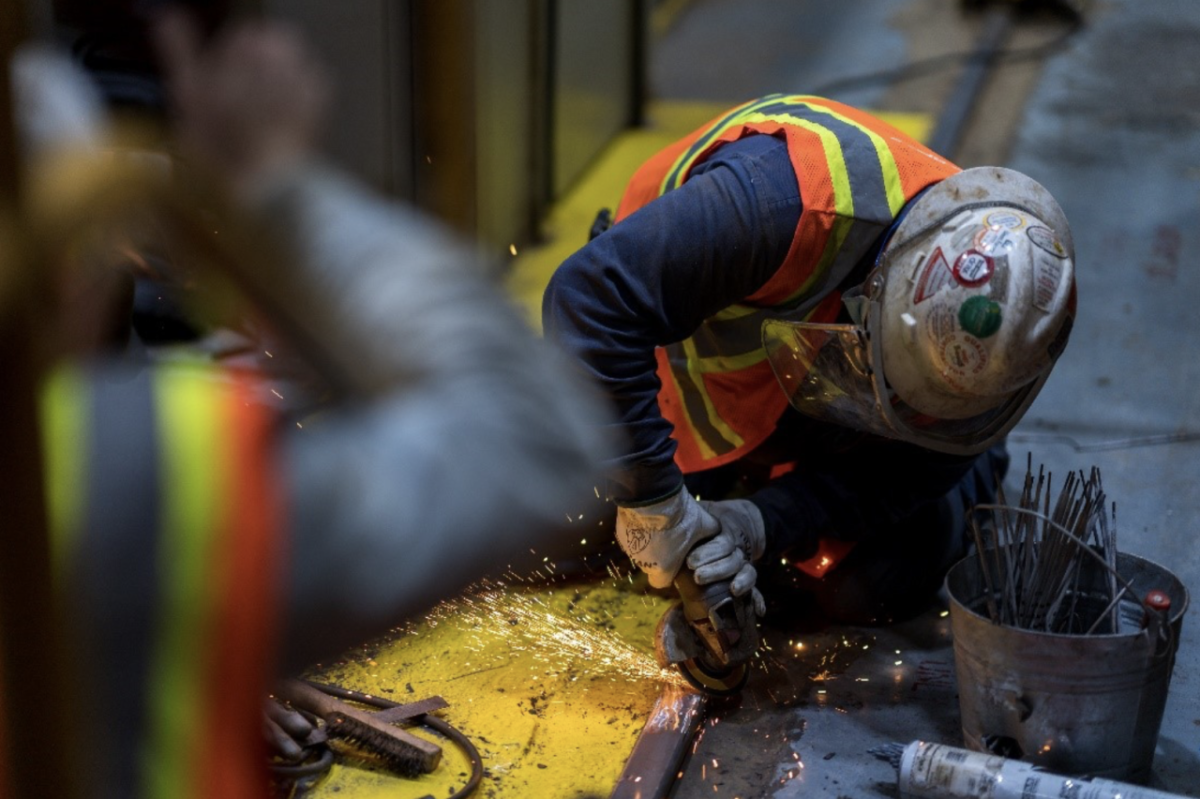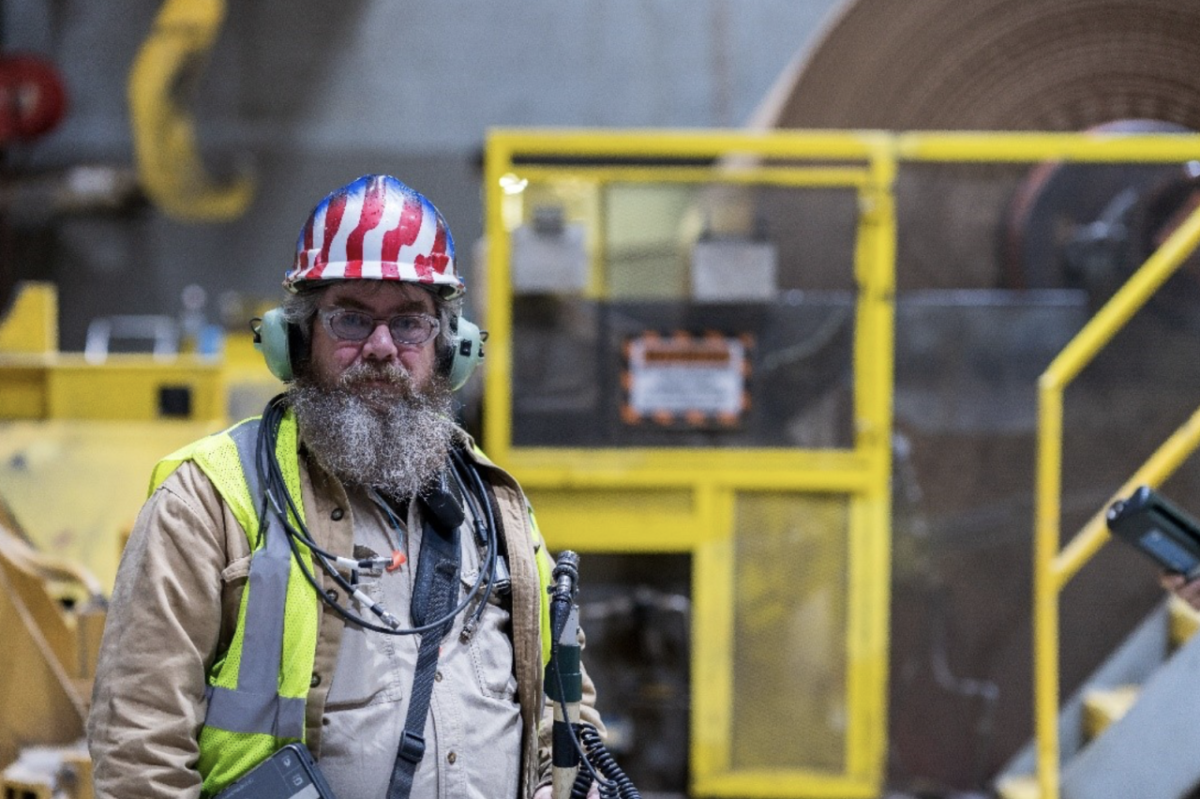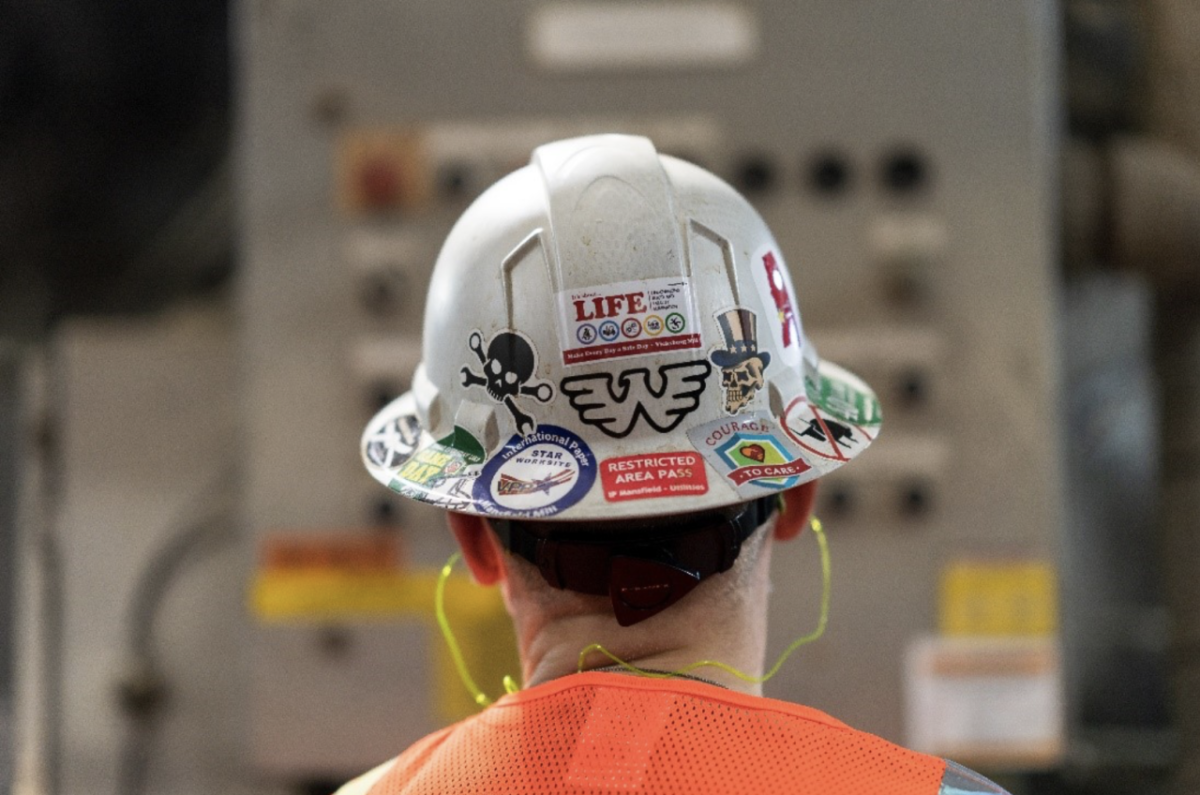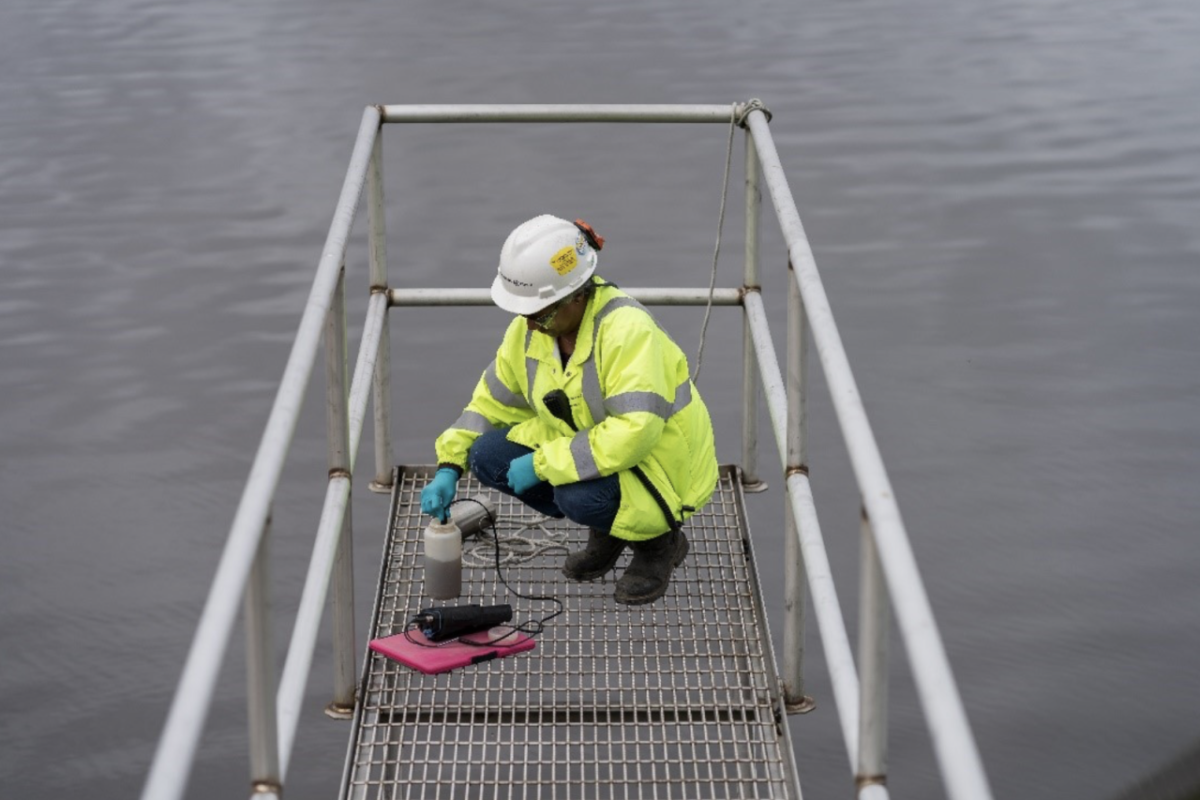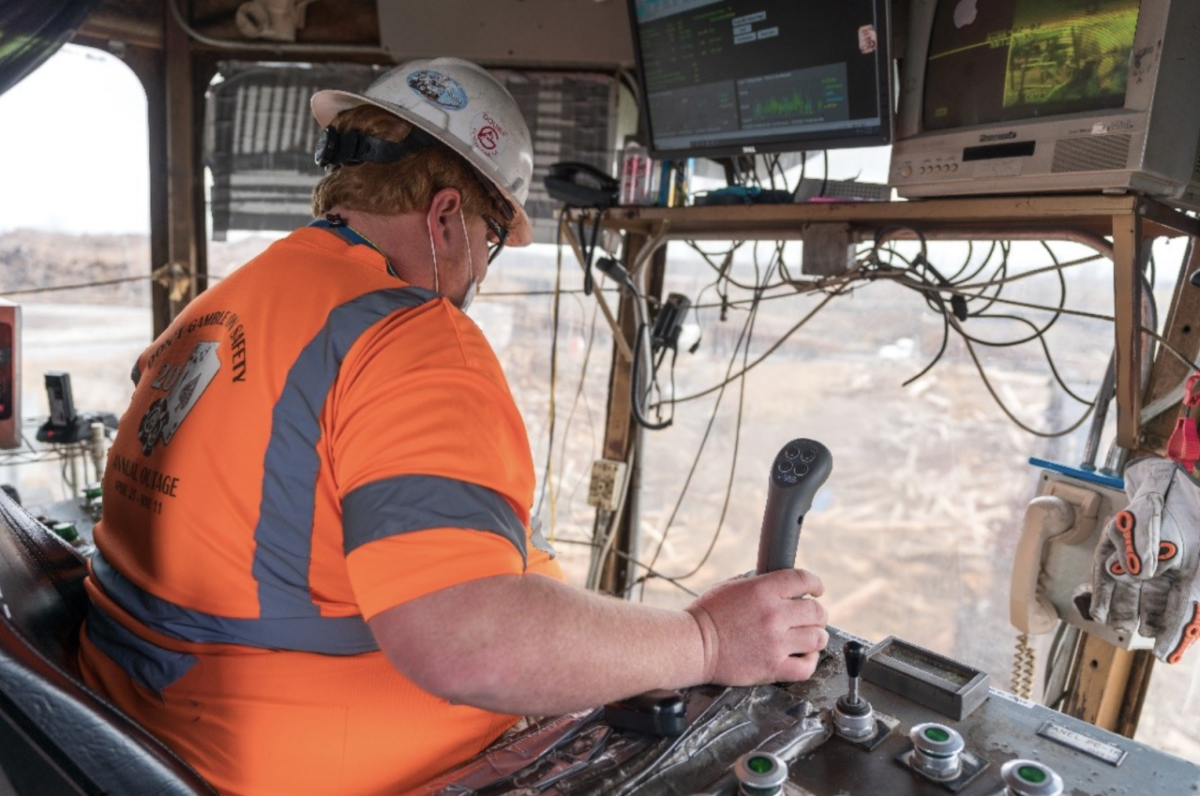The Lifecycle of a Hard Hat
We are building a resilient safety culture at IP, adopting the latest in safe work technologies to ensure we get home to our families every day. With the launch of our new IP brand, that also means many of our sites around the world will be ordering a new set of hard hats in the near future. Many of our team members personalize their hard hats, using the surface of their protective head gear to reflect their individual personalities. Stickers on the hard hats highlight a commitment to safety, recognize achievements or reflect on a particular annual outage. What better way to celebrate their contribution to our culture of safety than showcasing these canvases that are so integral to our daily work?
You probably see a hard hat every day. Maybe your parents or grandparents wore one as part of their work uniform. Maybe you own one as well! Like steel-toed boots, safety glasses and gloves, the hard hat has saved countless lives since its development by the Bullard Company of San Francisco, in 1919. The Bullard Company manufactured mining equipment, and after its founder, Edward W. Bullard returned from World War One, he began to develop the original hard hat to protect mine workers, using the helmet he wore on the front line as a starting point for his design. The “hard boiled hat,” as it was known back then, was made by boiling and shellacking leather—a cheaper and less bulky solution to the metal “doughboy” helmets worn by US soldiers. The construction of the Golden Gate Bridge in 1933 was the first project to mandate hard hat use for every on-site worker.
Using heat and pressure to form a solid, durable covering isn’t so different from how hard hats are made today, but innovations in material strength and structural design have made hard hats more comfortable to wear, and far more effective at protection. Today, high-density polyethylene is injected into a vacuum sealed molding press to create the shell of the hard hat. Plastic headbands are inserted to create a “suspension system” allowing the shell to float above your head.
Hard hats also come in classes with different levels of electrical protection: Class G is a “general” hard hat with electrical rating of 2,200 V, class E “electrical” hard hats have a rating of 20,000 V, and class C “conductive” hard hats with no electrical protection. The type and class of hard hat will vary from site to site and can even be role-based. For example, an electrician may be provided a Class E hard hat while a paper machine operator is given a Class G hard hat. Some IP facilities use bump caps instead of hard hats, which are designed to look like ordinary baseball caps, and are designed to less obtrusive while still providing cranial protection.
At our manufacturing locations, work environments can vary, carrying different potential hazards depending on the work being performed. As part of our drive to build a resilient safety culture, hard hats are one of our oldest and most trusted layers of protection to ensure we go home safe and sound to our loved ones every day.
About International Paper
International Paper (NYSE: IP) is a global producer of planet-friendly packaging, pulp and other fiber-based products, and one of North America’s largest recyclers. Headquartered in Memphis, Tenn., we employ approximately 39,000 colleagues globally who are committed to creating what’s next. We serve customers worldwide, with manufacturing operations in North America, Latin America, North Africa and Europe. Net sales for 2022 were $21.2 billion. Additional information can be found by visiting InternationalPaper.com.
About International Paper - EMEA
In Europe, Middle East & Africa (EMEA), International Paper focuses on the production and marketing of fiber-based packaging and pulp, employing approximately 4,200 people. As a leading supplier of high-quality corrugated containers for a multitude of applications, we serve customers throughout the region from our network of two recycled containerboard mills and 23 box plants in France, Italy, Morocco, Portugal and Spain. Pulp production is centered in Gdansk, Poland. Other products available from International Paper in the region include Kraft linerboard and recycled containerboard, as well as pulp.

